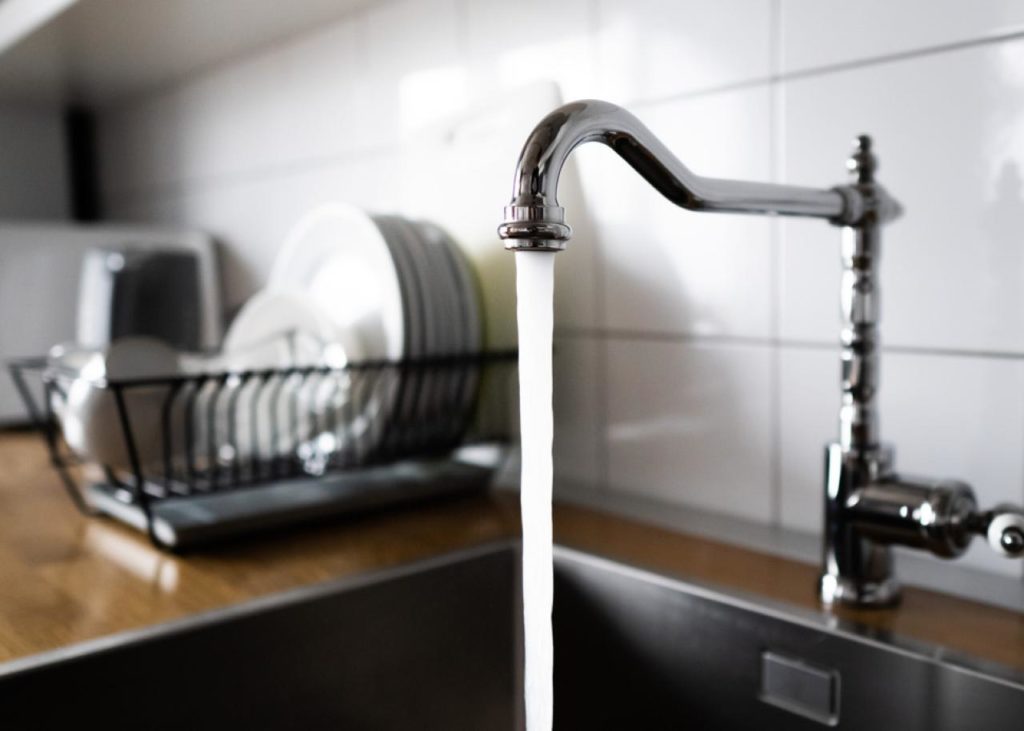Experiencing low water pressure in the kitchen sink can be infuriating. We completely understand how you feel. Since insufficient water pressure increases the time and effort necessary to perform the work properly, washing the dishes may become a nightmare, raising the question of how to boost the water pressure in the kitchen sink.
Fortunately, you can easily regulate the water pressure for each faucet. Before hiring plumbers in Oakland, try cleaning the aerator, washing the filter, or flushing the water supply pipes to boost pressure. The shut-off valves may also be fine-tuned to raise and decrease pressure. Once you’ve done that, your faucet should be as good as new! Let’s start.
Tips to Increase High Water Pressure in the Kitchen Sink
-
Calling a Plumber:
Rather than getting your hands filthy and wet, the most reasonable course of action is to call plumbers in Stockton. They will immediately identify the issue and propose the best solution. Although it is a costly alternative, it ensures that the problem is professionally resolved. Continue reading if you are on a limited budget or wish to address the problem yourself.

-
Low Water Pressures:
A pressure pump is often to blame for a whole-home decline in water flow for a residence on a well. If the pressure gauge drops below 40 psi while the pump runs, there is a leak in the pump or the water lines. That is typically the task of a plumber, and you require one as soon as possible. However, if the problem is limited to the kitchen faucet, you can avoid hiring a plumber since you’ll be able to repair it yourself. There’s most likely a clog somewhere, and eliminating it will allow you to improve the water pressure in the sink.
-
Check the Aerators:
If you look closely at the kitchen faucet, you will discover a wire-like cap. It is known as an aerator. If you have low water pressure, you should check to see if the aerator is operating efficiently. Minerals and other debris can become clogged in the faucet over time, severely reducing water pressure. Remove the aerator with a slip-joint plier or any other tool. Before you begin, ensure covering the sink since the plier or other equipment may slip out of your grasp, causing harm or a scratch on the sink.
Once you’ve removed it, clean it up with either a toothbrush or a pin. Besides, you can soak it in vinegar for a few hours as it will thoroughly clean the aerator. Replace it, and you’ll see that the water pressure has returned to normal, if not better. However, if the problem persists, call the drain cleaning Stockton professionals to examine it!
-
Pressure Valve:
Every house has a pressure valve regulating the water pressure through the house, usually positioned near the main water supply pipe entering the house. In certain homes, each faucet has its valve. Someone may have inadvertently messed with the valve, resulting in a decline in water pressure. All you need is a wrench or other equipment to spin the valve, enhancing the water pressure in the kitchen sink.

-
Contact the Water Supplier:
Contacting the water supplier is another method for resolving the low water pressure. At times, they are at their wit’s end. They may be experiencing an issue or something similar, causing the pressure to be low. So, before you spend money on a costly remedy, try communicating with your water company.






